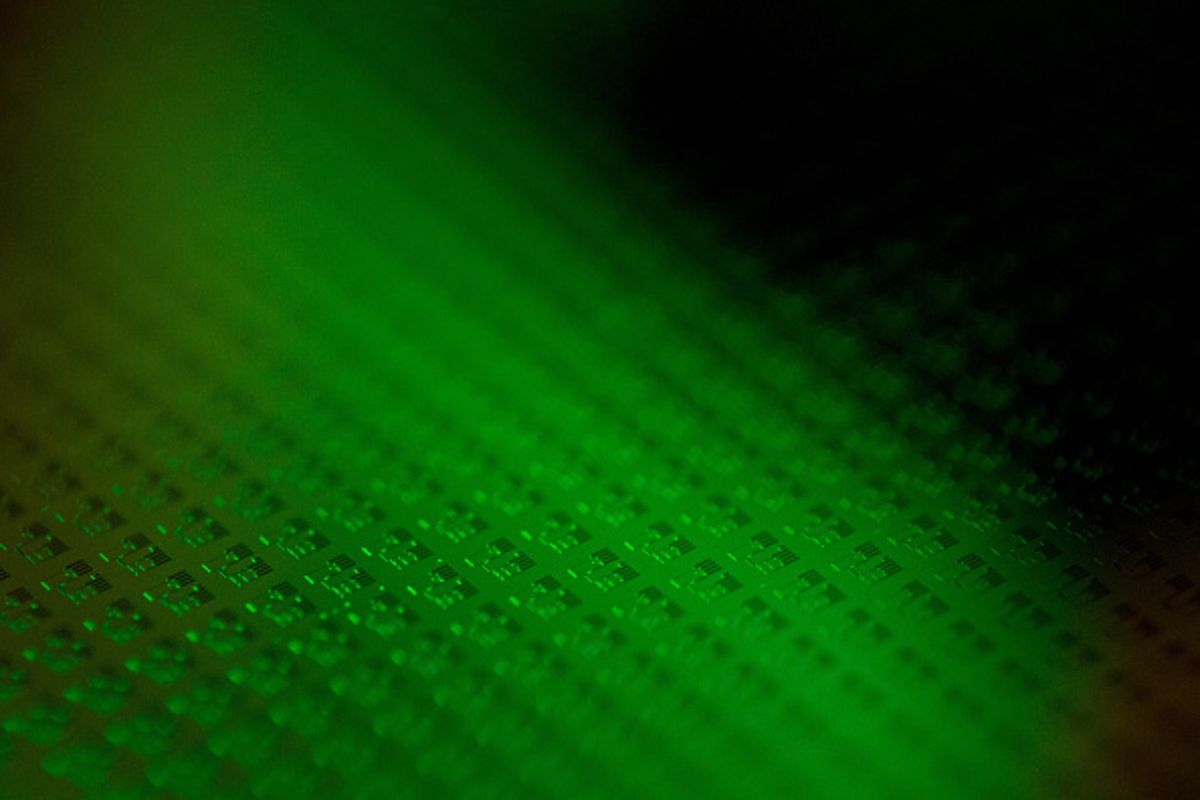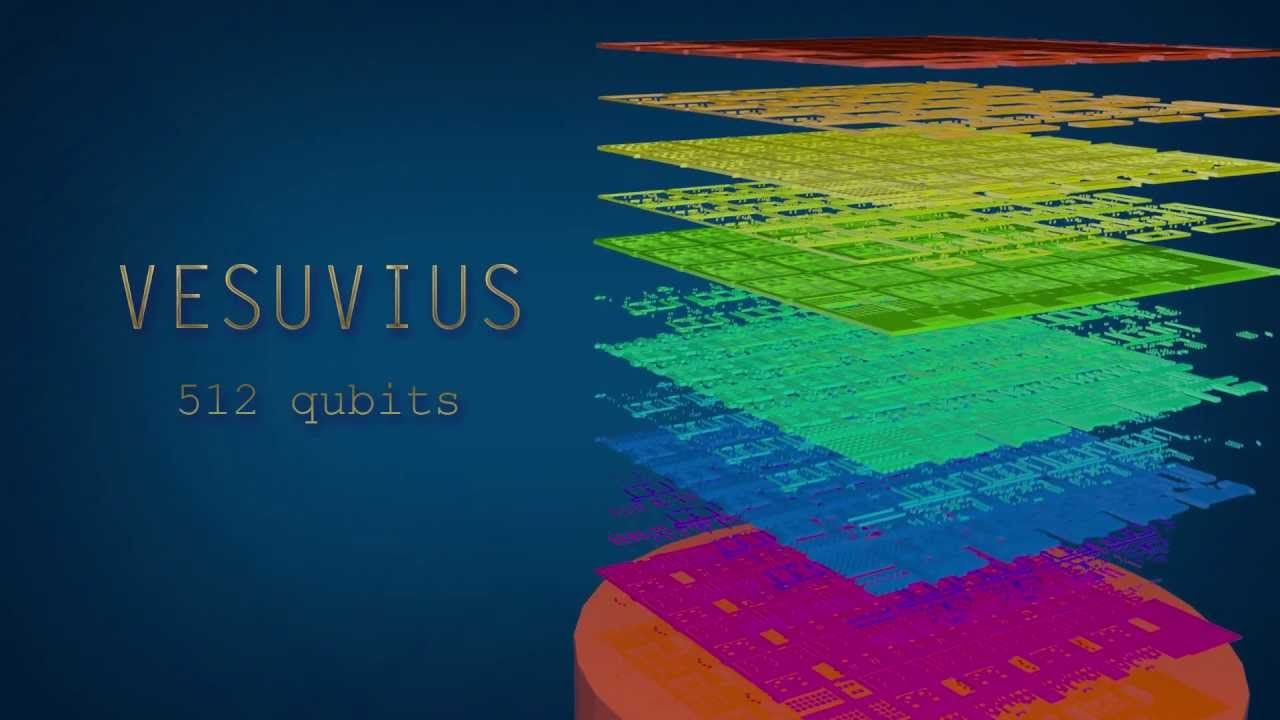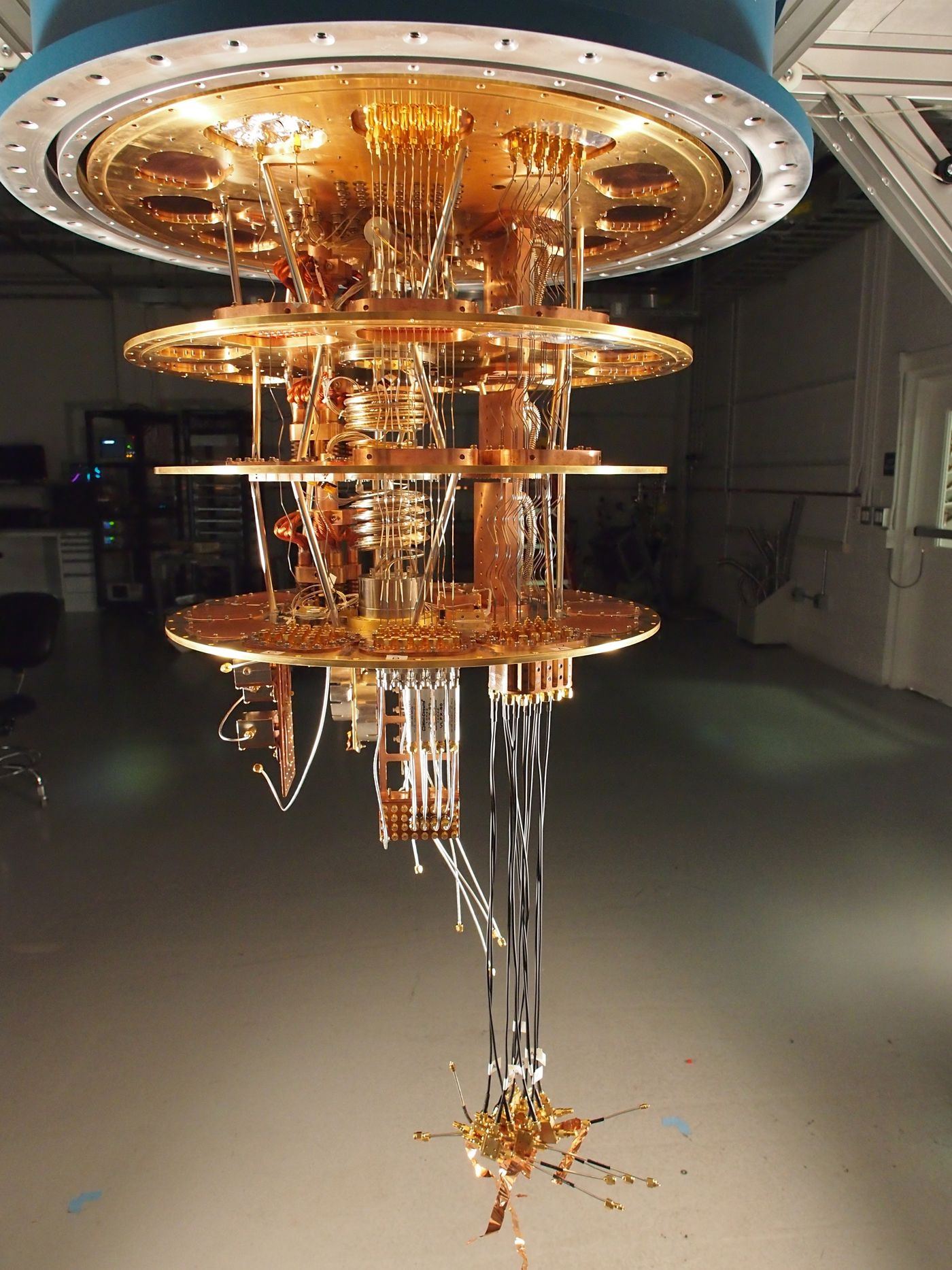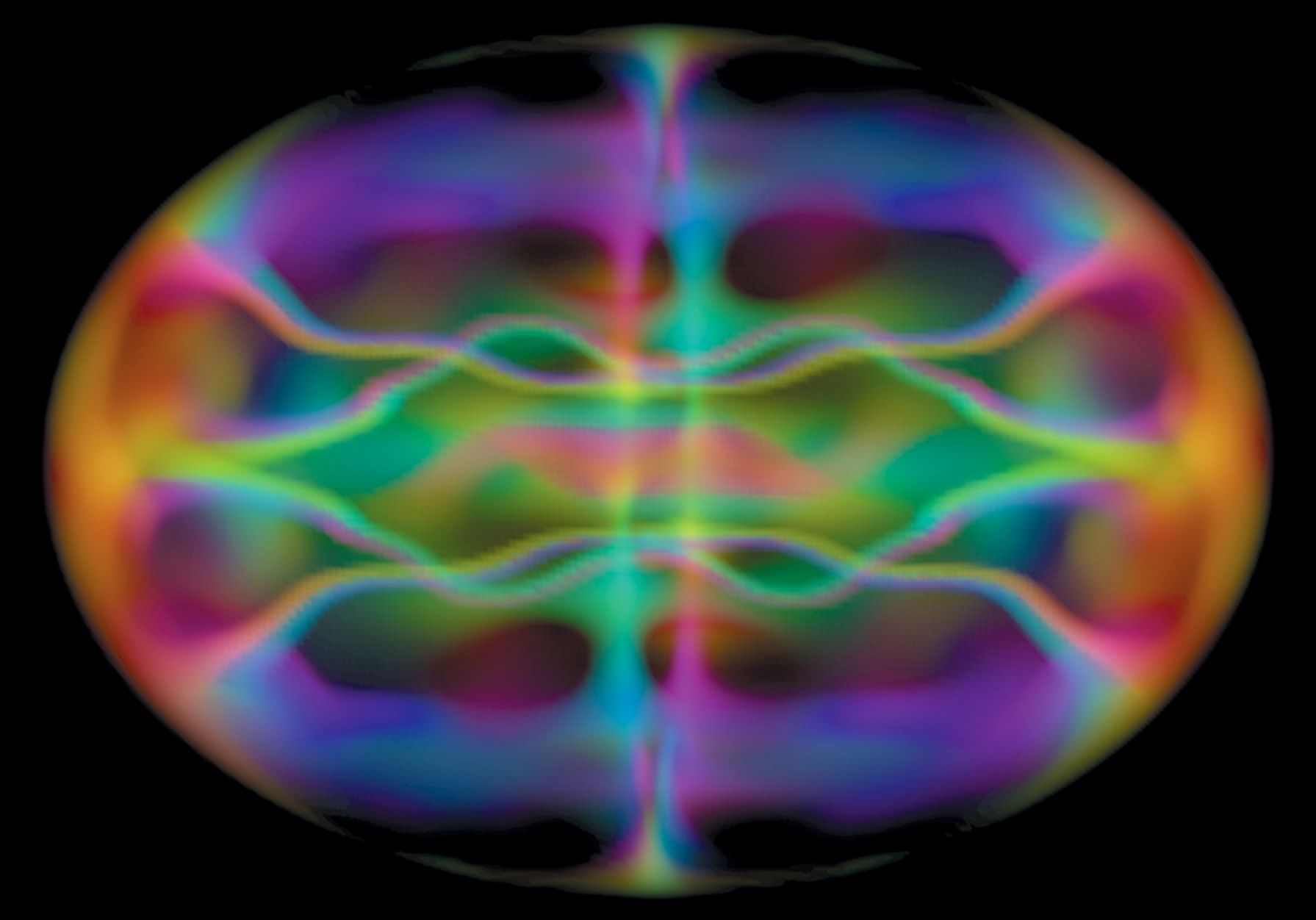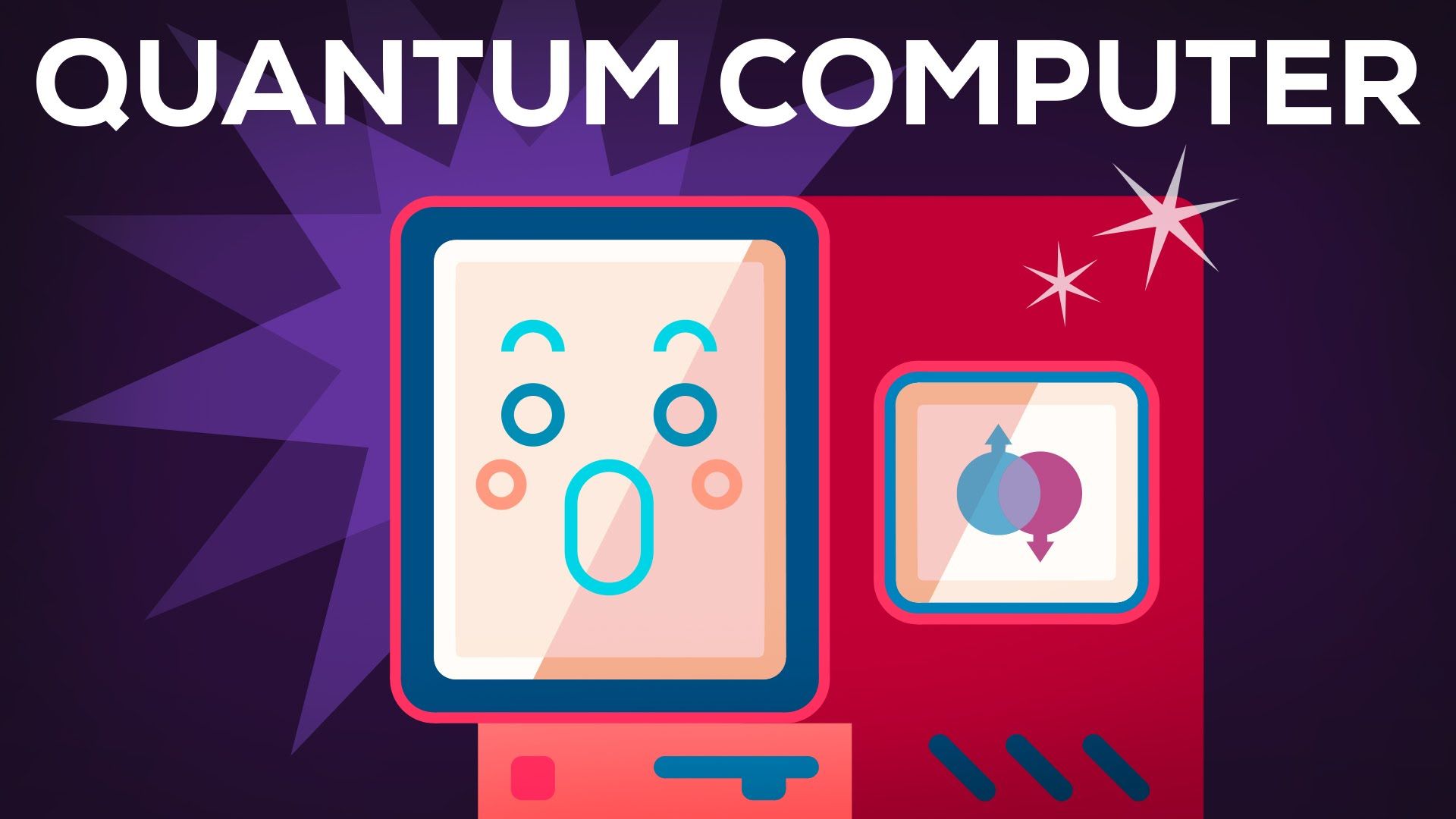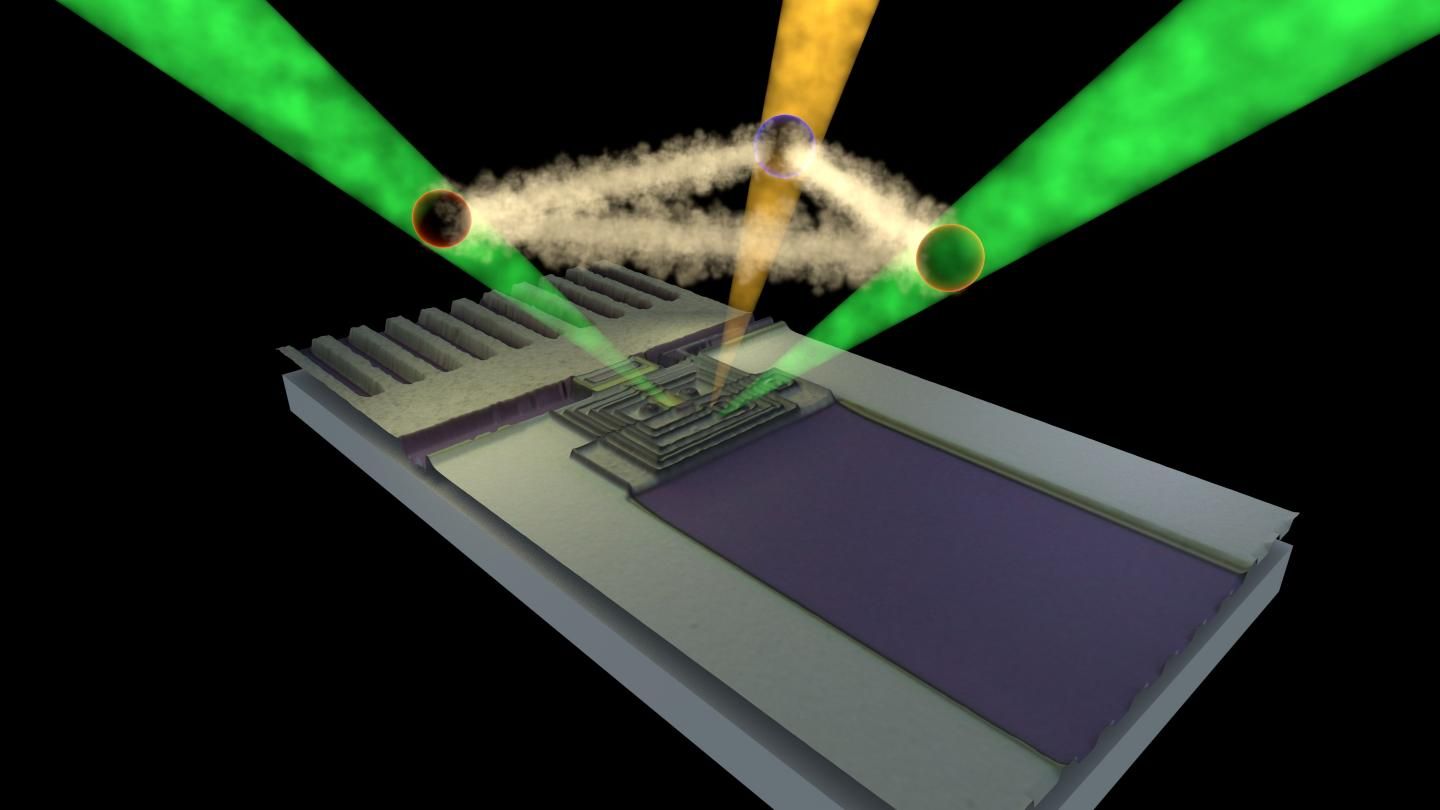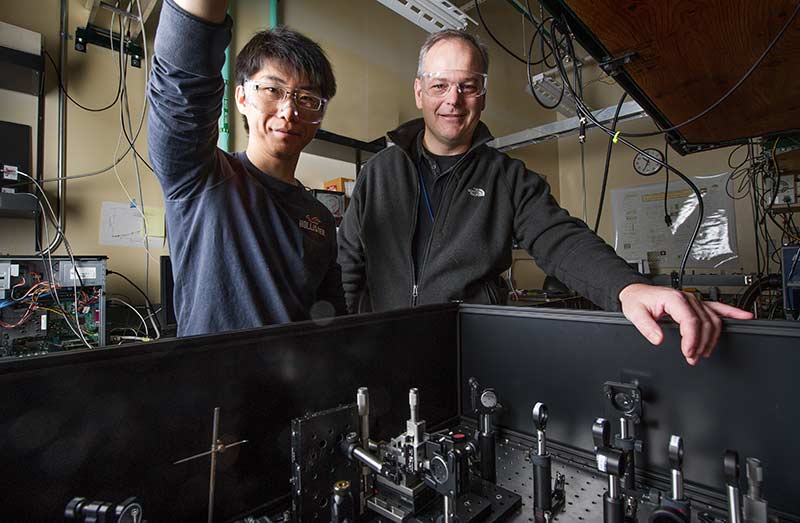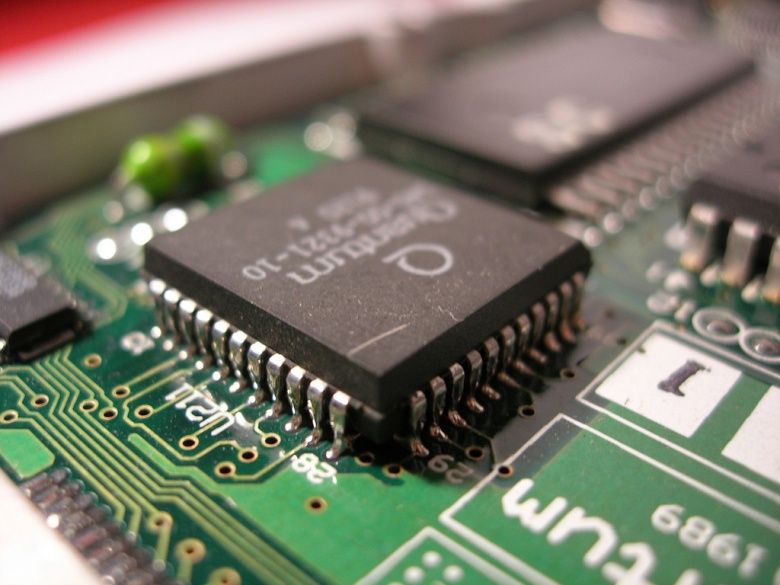Sep 7, 2016
China’s Quantum Satellite Experiments: Strategic And Military Implications – Analysis
Posted by Karen Hurst in categories: cybercrime/malcode, government, military, quantum physics, satellites
Additional insights on QSS planned efforts; and (as with any government program) there is more to this program than these insights.
While China’s quantum science satellite (QSS) project is part of the Strategic Priority Programme on Space Science, the country’s first space exploration programme intended purely for scientific research, its experiments have significant military implications.
By Michael Raska

